So we did and she did and there we were on October 29th, forking over 300,000 yen each for a full driving course. It seems like a small fortune for re-learning a skill we haven't used in almost 20 years, but it turns out to be a very good education. On the same day you hand over the cash, it starts off with a bang! It was a bewildering and unexpected few hours as we had a lengthy but rapid explanation of the program, a psychological driving aptitude test, and our first classroom lesson.
We decided to dedicate ourselves to doing this as quickly and efficiently as possible. Three weeks in and we've completed the first half of the course and passed our exams for the learner's permit yesterday. We began Stage 2 classes today and go out on the real roads on Tuesday. If we keep up this pace, we should be ready to take our final licensing exam by the end of the year. We are feeling pretty proud of ourselves.
The course of study is divided into two parts: Stage 1 pre-permit and Stage 2 post-permit. Pre-permit is two tracks happening concurrently: 15 hours of driving practice on the school's course and 10 hours of classroom time covering topics from traffic signs to road safety. At the end of the first part you take the internal exams and after you pass, you take the official exams for the learner's permit (kari menkyo).
Stage 2 is again a two-track system with 19 hours of driving on the roads and in simulation, plus 16 hours of classroom time that includes first aid training, car maintenance basics, and lots of information about accidents and insurance.
The whole thing is very Japanese. Bells and chimes announce the start and end of each period and you are not allowed to get up from your desk or out of your car until the bell rings. Each student has a planning book to track progress; in it every class, driving hour, or test is stamped by the teacher. There is also an official record that the school keeps and a booklet of driving tickets. All of these are color coded by course: yellow for MT, pink for AT, green for motorcycles. You choose your schedule a visit or two ahead from a complex calendar of classes, exams, and driving days. Fortunately, you can take the classes in almost any order.
The Teachers & Facilities
I like all of the teachers at the school, a crew of middle-aged men, some of whom have been working at the school for thirty years. One is a graduate of the school and his original teacher recently retired.These guys work really hard and share the burdens of car and classroom teaching plus admin stuff like the shuttle bus schedule and pick-ups. I think I've had them all either in the classroom or in the car by now. Each one brings his own personality - strict, chatty, factual, fanciful, curious, jaded - but they all deliver good instruction. They've even been fixing my bad driving habits.
There are three classrooms at the school, a lounge space, and a couple of special testing rooms, as well as the office. They have a fleet of manual and automatic transmission cars, and exotic stuff like motorcycles and big trucks. One afternoon I shared the course with a huge forklift!
The driving course is a pretty standard layout with a railway crossing, a traffic signal, a hill, tight curve practice, an obstacle with cones around it, and lots of intersections with stop signs, blind spots, and different right-of-way scenarios. I've been around and around it and it hasn't gotten boring yet.
The Textbooks, Training, & Exams
There are two main books - theory and driving. The theory book is translated into English so I study the theory in English before class, which makes the Japanese lectures & video materials a lot easier to follow. The teachers always point out the details that are likely to be on the test, so understanding the lectures is key to passing the written exams.
The driving book is only in Japanese, as is the verbal instruction from the instructors when we're in the car. This is a good challenge for me, sometimes, when the teacher gets deep into some intricacy of practical driving. Thanks to having driven in my distant past, the basics are already in my grasp and I am understanding most of the instruction clearly. A lot of the nuance is directed to passing the practical exams. There is a specific way to get into the car, adjust the seat, and turn your head to look in the mirrors, for example, otherwise you get points off.
The written exams can be taken in Japanese, of course, or in English (and maybe Chinese and Korean as well). Tod is passing the Japanese ones with no problem; I am sticking to my mother tongue for tests. They are not nearly as awkward as I expected. I had heard horror stories about the rotten translations, but with a few exceptions they're perfectly understandable normal English. In fact, I think the Japanese is just as convoluted - these are meant to be trick questions sometimes.
Kamogawa Driving School is registered with the prefectural police and licensing center, so they can administer all of the official exams excepting the final paper test. For that, you go to the Licensing Center in Makuhari, 90 minutes away.
The Other Students
There are three main groups of students: 18 year olds getting their first driving lessons; elderly drivers taking their mandatory over-70 driving classes; and foreigners. Lots of foreigners! Many foreign ladies, as it turns out, and we gravitate into a loose community. We talk to one another, offering encouragement and even hugs. Women support one another across national boundaries and language barriers. It's good.
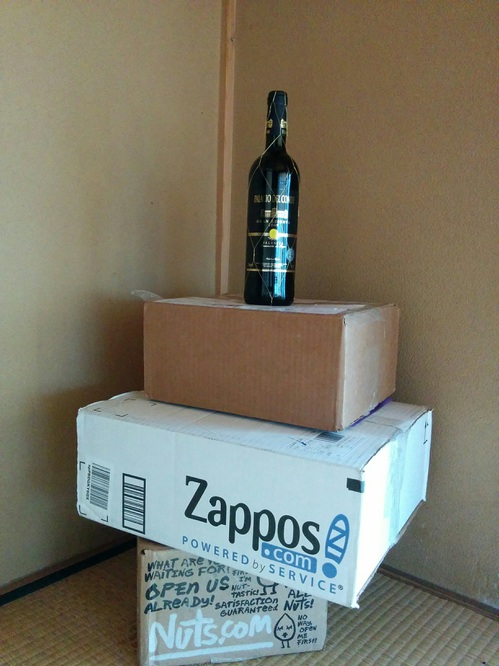
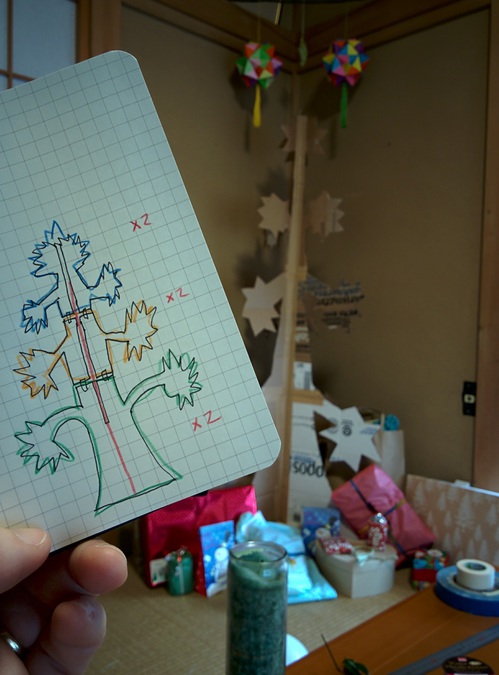
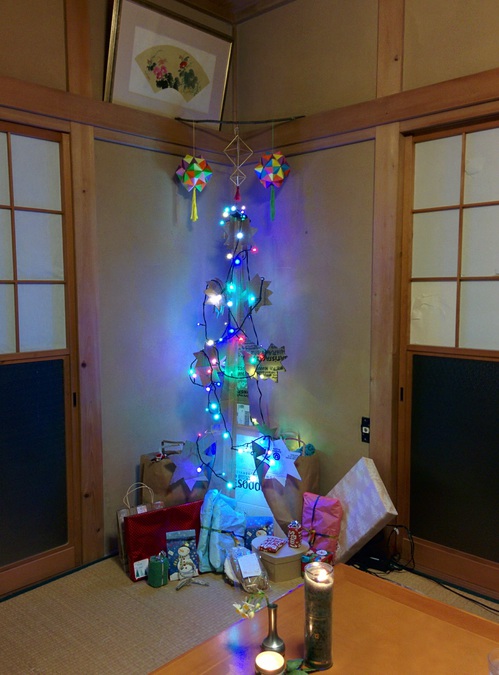
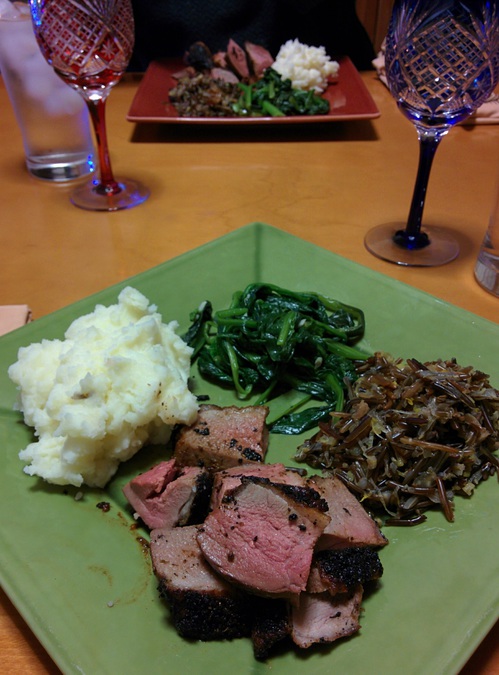
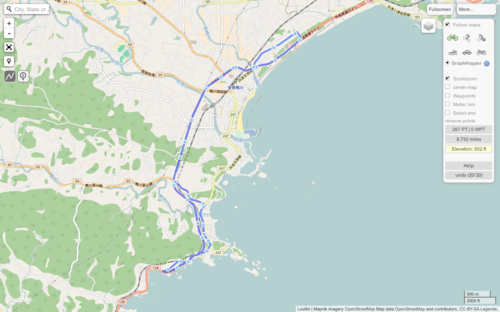




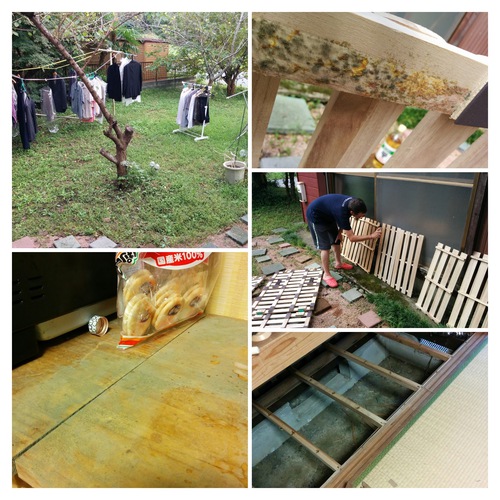

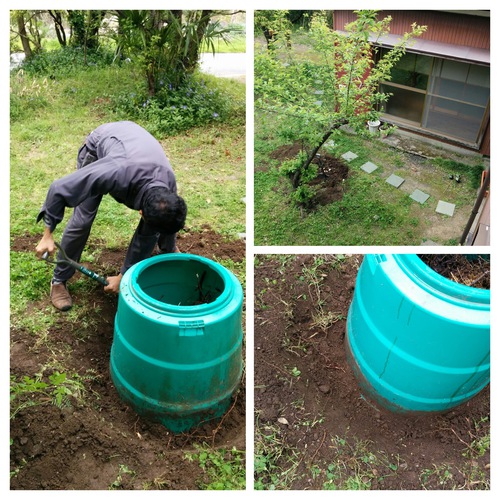
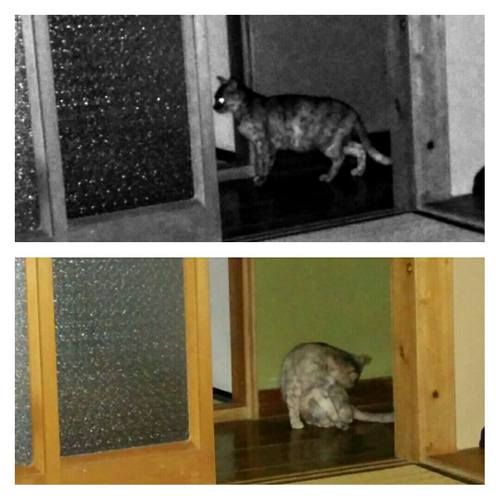


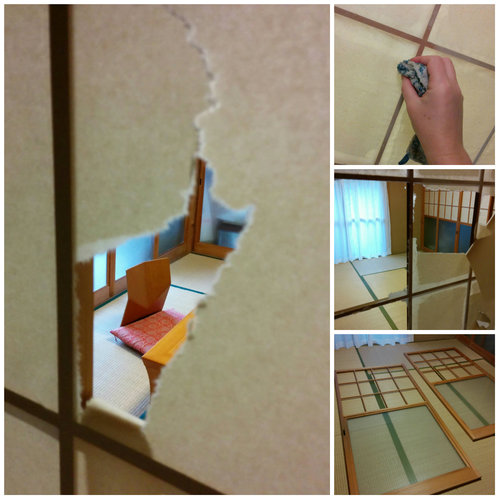

Recent Comments